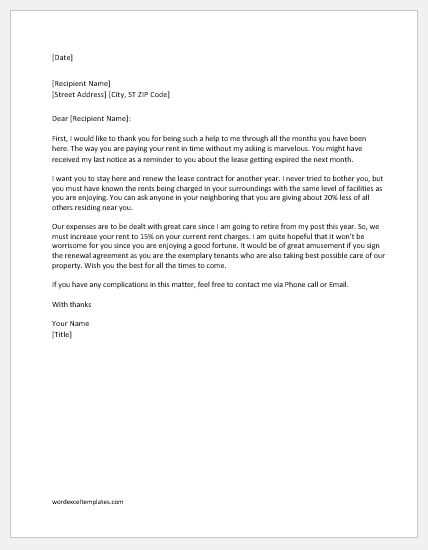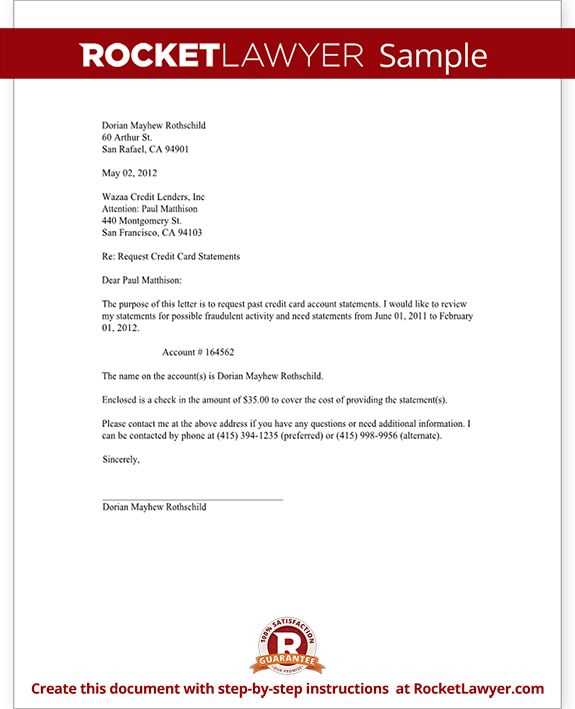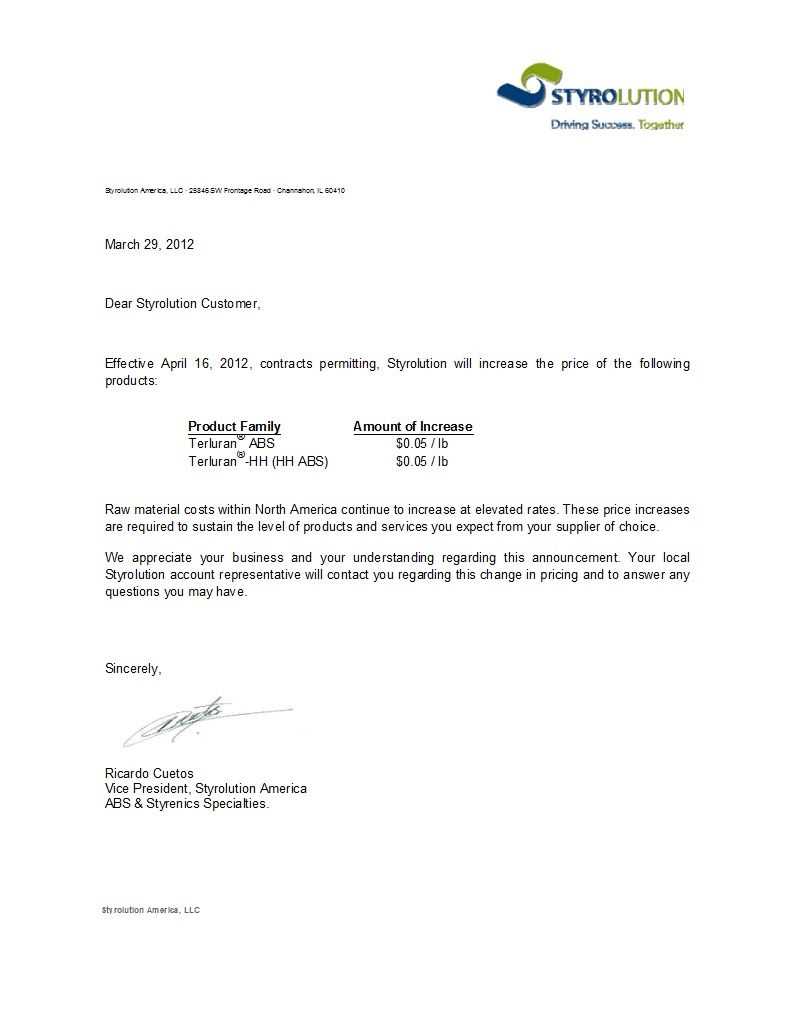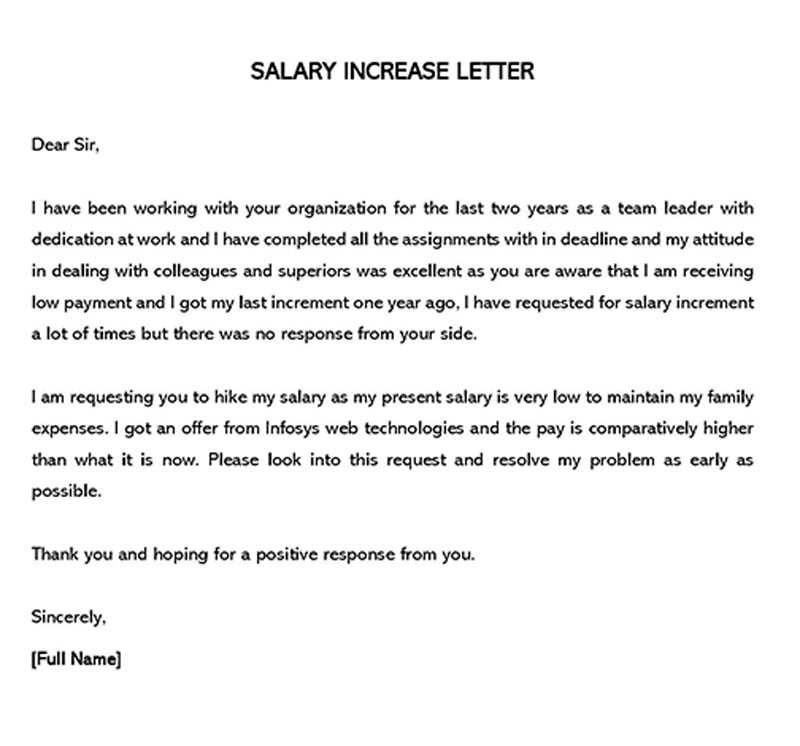Care Home Fee Increase Letter Template Guide

When managing a residential facility, it’s essential to inform individuals about changes that may affect their financial obligations. Clear communication in such matters ensures transparency and helps maintain positive relationships with those impacted. Properly addressing these updates allows for a smoother transition and understanding among residents or their families.
In this article, we will explore how to craft an effective notice when announcing changes to costs. From structure and tone to the key details that should be included, we’ll cover everything needed to ensure your message is received in the right way. The goal is to convey necessary information while minimizing confusion or frustration.
Effective communication involves more than just stating facts; it requires consideration of the recipients’ perspectives. By providing the right context and offering clear solutions, you can help ease the process for everyone involved.
Understanding Price Adjustments in Residential Care
Raising costs in a residential setting is a sensitive matter that requires careful handling. Providers often face the need to raise charges due to rising operational expenses, regulatory changes, or improvements in services. Regardless of the reason, these changes must be communicated effectively to ensure all involved parties understand the rationale and impact of the adjustment.
Factors Contributing to Cost Changes

Several factors can drive the need for a price modification. These include inflation, staffing costs, maintenance and repair requirements, as well as compliance with legal standards. Providers must stay up to date with these variables to ensure the facility remains sustainable while maintaining quality services for residents.
Balancing Transparency and Sensitivity
It’s important to approach price changes with sensitivity to residents’ circumstances. Clear and transparent communication is crucial, ensuring residents or their families understand why the changes are happening and how they can manage them. Offering support options or payment plans can also help ease the burden during such transitions.
Importance of Transparent Communication
Clear and open communication is essential when informing residents about adjustments that affect their financial responsibilities. When these changes are not properly explained, confusion, frustration, and mistrust can arise. By maintaining transparency, providers ensure that all individuals involved have a full understanding of the situation and the reasons behind the updates.
Here are a few key reasons why transparency is vital:
- Building Trust: Honest and upfront messaging fosters trust between residents and facility management.
- Reducing Anxiety: When residents understand why changes are happening, they are less likely to feel anxious or uncertain.
- Preventing Misunderstandings: Clear communication ensures that everyone is on the same page and avoids confusion about new charges.
- Encouraging Open Dialogue: Transparency invites questions and encourages a healthy conversation about concerns and solutions.
Being transparent about adjustments not only supports residents but also helps the facility maintain a positive reputation. Ensuring that all parties are well-informed will lead to smoother transitions and more cooperative relationships.
How to Draft a Price Adjustment Notification
Creating a formal notice to inform residents about a change in costs requires attention to detail and a clear structure. The goal is to convey the necessary information in a way that is easy to understand, while maintaining a respectful and professional tone. A well-structured notification ensures that residents and their families can absorb the information without confusion or distress.
When drafting such a notification, include the following key elements:
| Section | Details |
|---|---|
| Introduction | Briefly explain the purpose of the message and acknowledge the impact of the changes. |
| Reason for Changes | Clearly state the factors behind the adjustment, such as operational costs or new regulations. |
| Details of the Change | Provide specific information on how the costs will change, including dates and amounts. |
| Support Options | Offer guidance on how residents can manage the new charges, such as payment plans or financial assistance. |
| Closing | Reassure residents and express appreciation for their understanding and cooperation. |
By following this structure, you can ensure that the message is clear and leaves no room for ambiguity, fostering a positive relationship with those affected by the change.
Key Elements to Include in the Notification

When preparing a formal notification regarding financial changes, it’s crucial to include specific details that ensure the message is comprehensive and clear. Properly structuring the content helps avoid confusion and allows the recipient to fully understand the reasons for the update, as well as the steps they need to take next.
Essential Information to Cover
- Reason for Change: Clearly outline why the adjustment is necessary, such as rising operational costs or changes in legislation.
- Effective Date: Specify when the new charges will take effect to give residents time to prepare.
- Details of the Change: Break down the specific adjustments in price, including how much they will differ from the previous amounts.
- Support and Assistance: Offer resources or assistance options, such as financial support, payment plans, or guidance on managing the change.
- Contact Information: Provide clear instructions on how to reach the relevant department for questions or clarifications.
Additional Considerations
- Tone: Maintain a respectful, empathetic tone throughout the notification to minimize any negative reactions.
- Clarity: Use straightforward language and avoid jargon to ensure all recipients fully understand the content.
Including these key elements ensures that the message is informative, considerate, and easy to follow, helping to facilitate a smooth transition for everyone involved.
Addressing Residents’ Concerns Effectively

When informing residents about financial adjustments, it’s essential to anticipate and address any concerns they may have. An effective approach involves understanding their perspective and providing reassurances to minimize any anxiety or frustration. Acknowledging their worries upfront can help foster a positive relationship and build trust during a potentially difficult time.
One of the most important aspects of addressing concerns is offering clear explanations. Residents are more likely to accept changes when they understand the reasons behind them. Providing detailed, easy-to-understand information about the factors contributing to the adjustment can ease doubts and reduce uncertainty.
Additionally, offering solutions and support options can greatly alleviate any discomfort. Whether it’s providing financial assistance, suggesting flexible payment plans, or guiding residents to resources, showing a willingness to help can make a significant difference. Ensuring that residents feel heard and supported encourages cooperation and strengthens their trust in management.
Offering Solutions for Financial Adjustments
When announcing changes to financial contributions, it’s essential to offer practical solutions that help residents manage the adjustment. While the change may be unavoidable, providing options for easing the transition can greatly improve residents’ experiences. By being proactive in offering support, providers can demonstrate their commitment to the well-being of those affected.
One solution is offering flexible payment arrangements, such as extended deadlines or the ability to pay in smaller, manageable installments. This can help individuals adjust without feeling overwhelmed by the new charges all at once. Additionally, offering financial assistance programs or discounts for those who meet certain criteria can also alleviate the impact of the adjustment.
Clear communication about available resources is key. Ensuring that residents understand how they can take advantage of these options and whom they can contact for assistance will help them feel more confident in managing the change. By providing these solutions, facilities can maintain positive relationships with residents and ensure a smoother transition during financial adjustments.
Legal Considerations for Price Adjustment Notifications
When informing residents about changes to their financial obligations, it’s essential to be aware of the legal requirements involved. Failing to adhere to legal standards can result in disputes or even legal action. To ensure compliance and avoid complications, it’s crucial to understand the rules governing price modifications and how they should be communicated.
Notice Period: Depending on the local laws, there may be specific timelines in which providers must notify residents of upcoming changes. Typically, a certain amount of notice–such as 30 or 60 days–is required before any new charges can take effect. Failure to provide adequate time could lead to dissatisfaction or legal challenges.
Contractual Obligations: It’s also important to review the terms of any agreements with residents, as contracts may include clauses outlining how and when prices can be adjusted. These terms must be adhered to, and any changes must be clearly stated to avoid breaching the contract.
Compliance with regulations is key to maintaining a smooth operation and protecting the facility from potential legal issues. By ensuring proper notification and following legal protocols, providers can minimize risks and maintain good relationships with residents.
Ensuring Compliance with Regulations
Adhering to regulatory requirements is critical when implementing any changes that impact residents’ financial commitments. Organizations must ensure that all modifications comply with relevant laws and industry standards to prevent disputes or legal repercussions. This includes understanding both local and national regulations that govern price adjustments and how they should be communicated.
Each jurisdiction may have specific rules on how financial changes should be announced, including timelines for notice, required content, and the manner in which these updates should be delivered. Providers should stay informed about any legislative changes or updates to relevant policies that could affect the way they notify residents.
To remain compliant, it’s essential to maintain accurate documentation of all communications and any actions taken to notify residents. This not only protects the facility from potential challenges but also helps ensure a transparent process for everyone involved. By closely following these guidelines, providers can effectively manage adjustments while avoiding legal pitfalls.